T4K3.news
Rising costs push restaurants toward a critical moment
Rising prices and tougher budgets squeeze eateries as workers grow scarce and diners cut back.
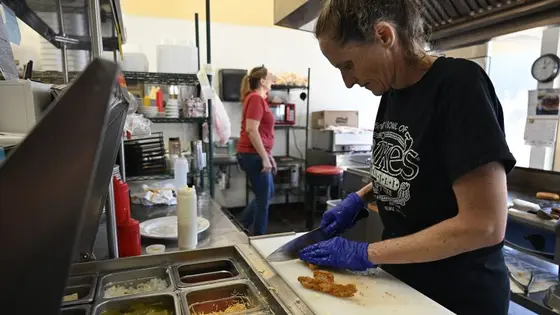
Rising prices and tighter budgets squeeze eateries as workers become harder to hire and patrons cut back.
Rising costs push restaurants toward a critical moment
Ike’s Chili in Tulsa, Oklahoma, a 117 year old landmark, has weathered the Great Depression, the Covid-19 pandemic and inflation. But 2025 brings a new set of challenges. Beef prices at the wholesale level rose sharply, and July prices were up nearly 21 percent from a decade earlier. Coffee, eggs and cocoa have also spiked at various points this year. The Producer Price Index shows overall food costs up about 21 percent in June 2025 versus four years earlier, outpacing the 17.5 percent rise in wholesale prices across goods and services. With margins typically around 3 to 5 percent, restaurants face a narrow path between higher costs and price sensitive customers. Some operators fear passing costs to customers could backfire.
Labor is another pressure point. Since 2021, finding quality staff has been a top issue for small businesses, including restaurants. Len Wade says it is harder to find good applicants now than in the mid 2000s. Immigration policy under the Trump administration this year further complicates the labor pool. An estimated one million undocumented workers were employed in the restaurant industry in 2024, though that number is likely smaller today. Consumers are pulling back on dining out; in the first half of 2025, sales growth slowed to a weak pace, with many executives noting that low income households are skipping meals or trading down to cheaper options. Some markets, like New York City, still see healthy visits, but others report depressed volumes as value conscious consumers tighten spending.
Key Takeaways
"I need to raise my prices again right now, but I’m concerned that I’m going to price people out."
Len Wade on balancing price increases with customer perception of value
"They typically have profit margins of around three to five percent, so the math has to work."
Chad Moutray on industry margins
"Traffic at restaurants has generally been down for a couple years largely due to the lower-income consumer being stressed by inflation."
Michael Zuccaro on consumer behavior
"Value-conscious consumers traded down or ate at home."
Fed Beige Book note summarized in the piece
This mix of higher costs, tighter labor markets and cautious spending points to a broader shift in the restaurant sector. Profit margins remain thin, so even small cost shocks force operators to choose between higher prices, altered menus or reduced quality. The policy environment adds another layer of risk: tax and tariff debates, plus immigration enforcement, can influence both wages and the availability of workers. The industry may need to invest in efficiency, smarter menu design and stronger supplier networks to survive. At the same time, consumer behavior is evolving; value remains king for many, and a perception of value could determine which restaurants endure in a slower growth economy.
Regional patterns matter too. Some cities show resilience as visits rebound, while others lag as households tighten budgets. The outcome will hinge on how well operators balance cost, quality and perceived value while navigating a volatile policy backdrop.
Highlights
- The math is simple, the appetite not.
- Prices rise, but customers still expect value.
- Value is the line between a full plate and an empty wallet.
- Labor is scarce, and so is the extra income to spare.
Economic and policy risk in the restaurant sector
The story sits at the edge of several sensitive areas including inflation, immigration policy, tariffs and consumer sentiment. Together, these factors could trigger further price pressure, hiring volatility or shifts in consumer behavior that threaten small operators.
The coming quarters will reveal whether resilience or restraint defines the dining out landscape.
Enjoyed this? Let your friends know!
Related News
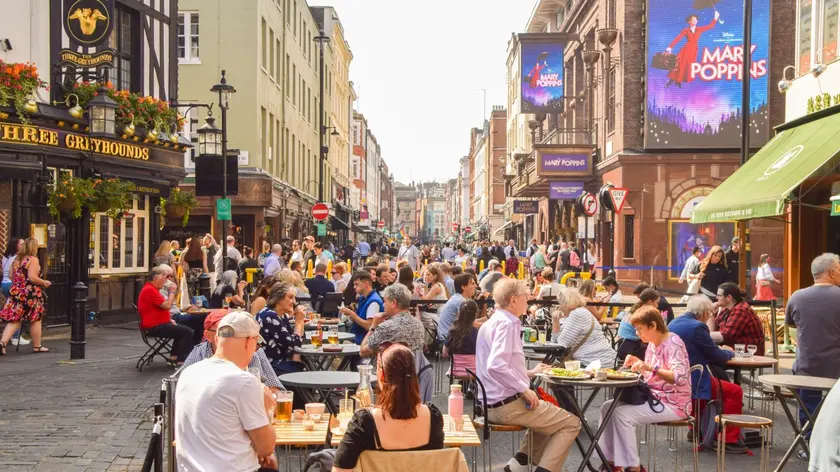
UK businesses face critical financial distress

Increased Global Pressure on Israel Due to Gaza Actions

EPA Plans to Revoke Greenhouse Gas Regulations
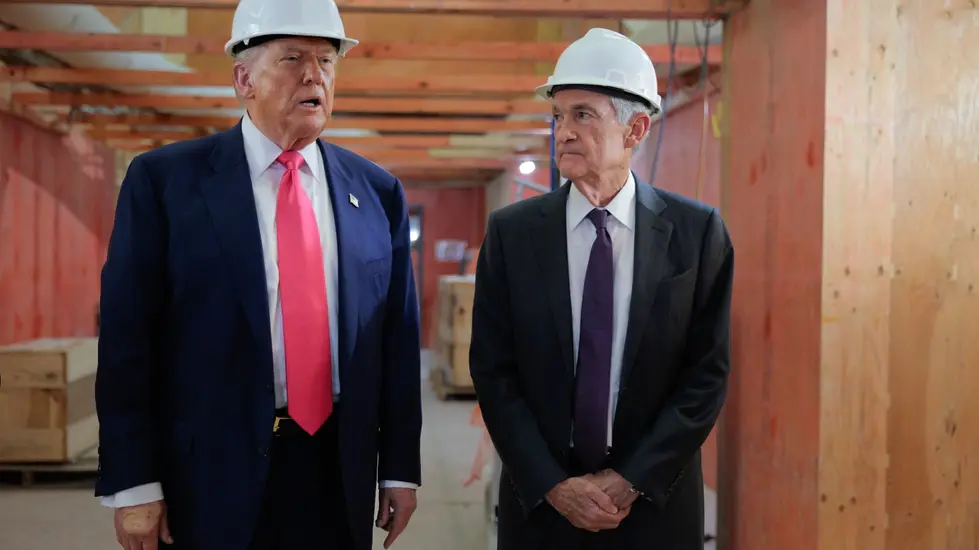
Trump visits Federal Reserve amid renovation dispute
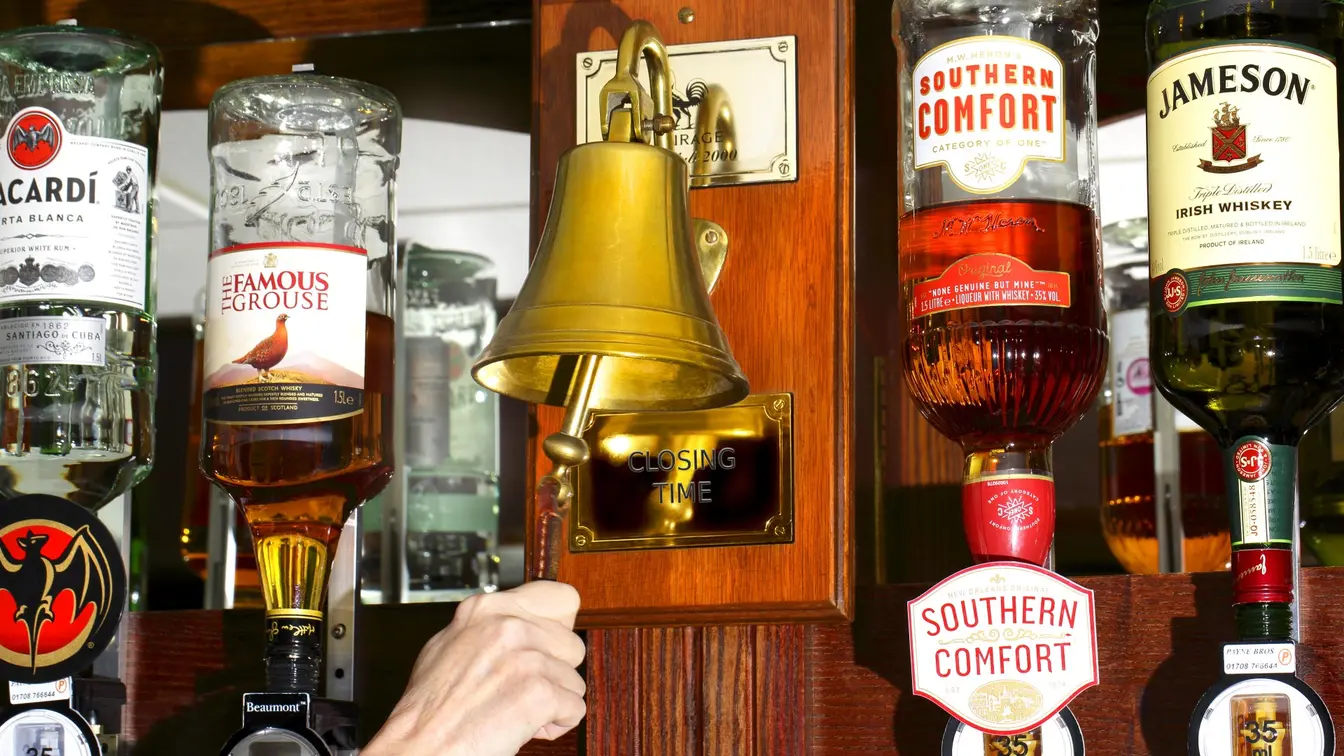
Over 1,100 pubs and restaurants shut down in the UK

Gordon Brown calls for increased gambling taxes

Ranking all FBS programs for the 2025 season
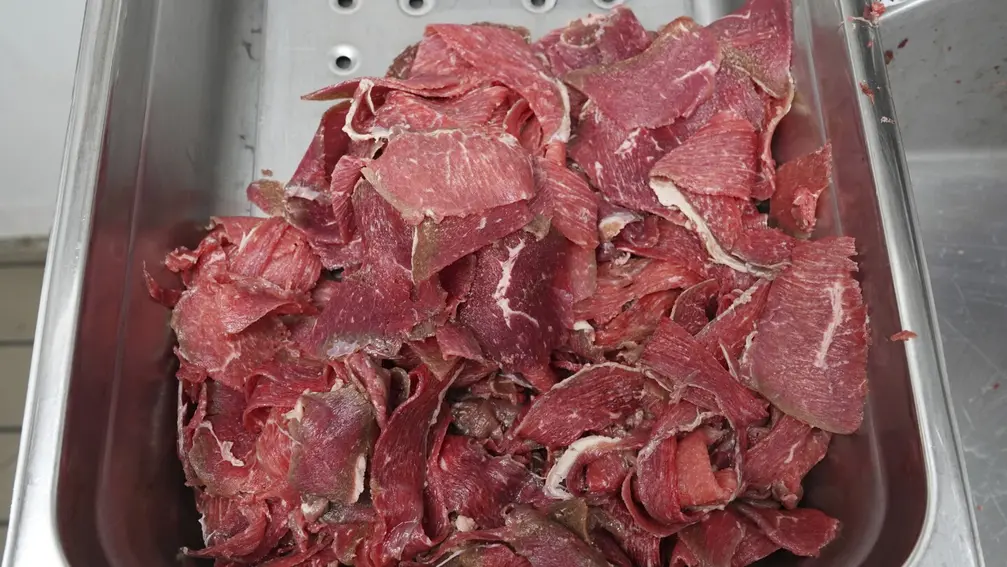
Philly cheesesteak shop raises prices due to beef costs
